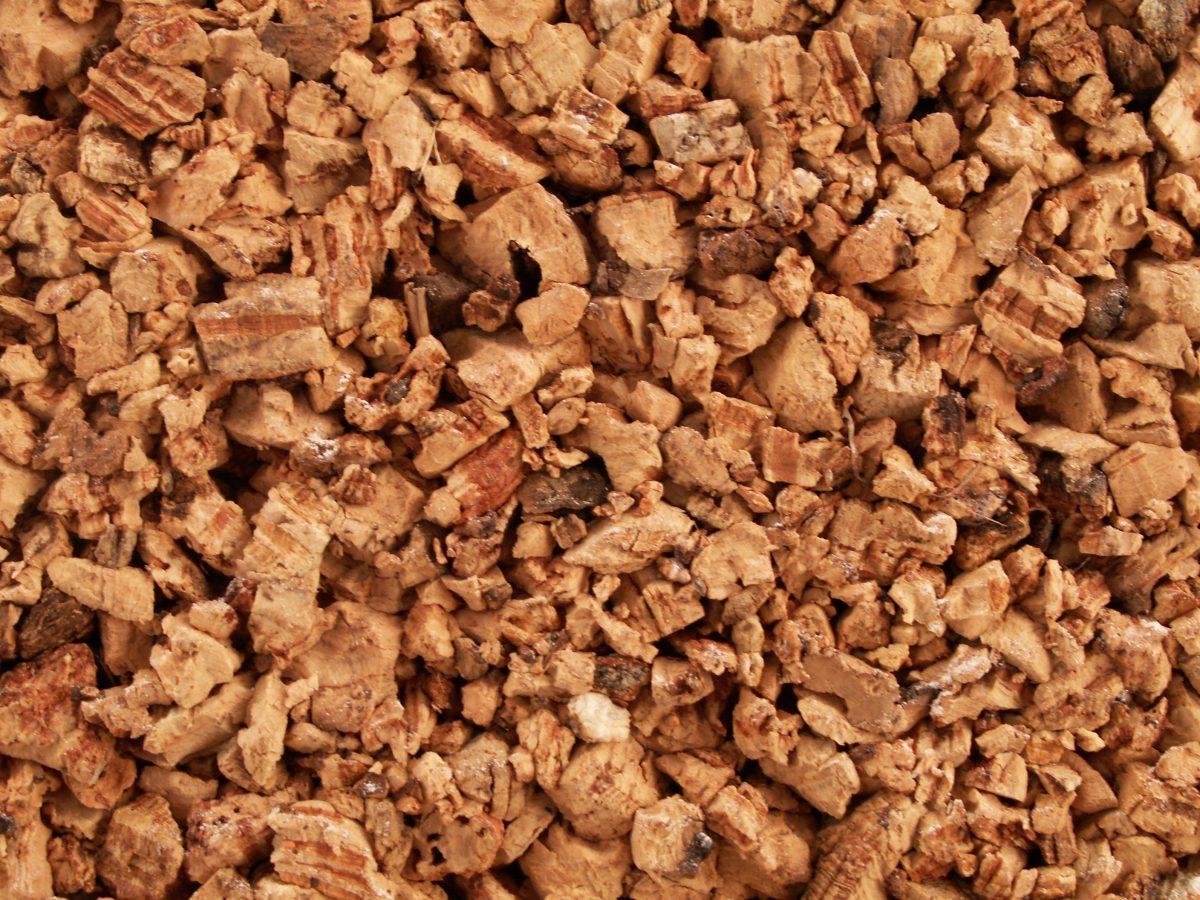Sound insulation and sound-insulating natural materials: cork
- May 6, 2016
- Posted by: lis_it
- Category: Uncategorized

The sound insulation or sound insulation, is the characteristic of those materials that allow to limit the spread of the sound, hindering the transmission of sound energy between two locations by means of the interposition of mass barriers. Its aim, therefore, is to attenuate or eliminate noise through their dissipation. But it makes no sense to speak of sound-insulating or sound-absorbing materials, rather it makes sense to indicate structures with high sound insulation.
The sound-insulating materials are classified according to their own nature and the way they are used:
Classification of insulating materials depending on its nature:
natural, employees to the state they are found in nature;
artificial, derived from the processing of biodegradable substances;
synthetic, do not exist in nature and are produced by synthesis.
Classification of insulating materials depending on the use:
carriers, have a static function and form the skeleton of the structure (wood, stone and brick);
binders, remain united the various parts (lime, gypsum and cement);
accessories, are used for aesthetic or functional reasons (eg cork).
Cork
The cork, for the characteristics that distinguish it, deserves attention.
The cork, made from cork oak (Quercus Suber), is the dead cell structure produced naturally by the body, a lightweight, compact and highly resistant to weathering. These features make the waterproof bark to liquids and gases, preventing the formation of mold and its consequent degradation.
It is used in various ways: the cork is a thermal-acoustic insulation and is also used for gaskets, stoppers for bottles, floating, floor and wall coverings. Each of these applications has some recommendations that prevent to affect the properties of the material irreversibly. This is the case of the use of synthetic adhesives, harmful for the cork and for our health.
The features that make it an excellent and advantageous material in the construction field are:
Heat Insulation;
Non-toxicity;
electrical insulation, because neutral;
Indeformability;
Waterproof and breathable, prevents the formation of condensation and thus the development of mold;
It has a low burn rate, without undergoing any chemical treatment;
Sound insulation.
Placing of cells that contain air and which are not interconnected, a cork panel prevents the sound, which is propagated in this medium, of circular therebetween remaining “captured” and obtaining an immediate sound energy dissipation. Therefore this material, employed in a sandwich wall made of brick clay and LIS panels, allow to obtain a good sound insulation due to the resonance difference between the materials and the cork ability to absorb sound waves.
Think in terms of performance requirements and allows us to not underestimate any aspect related to the welfare of the spaces to be designed. This mode of operation is even truer if you choose to take advantage of the properties of natural materials, comelegno, expanded clay, glass fiber, hemp, flax and jute, wool and pumice.
Source: www.architetturaecosostenibile.it



